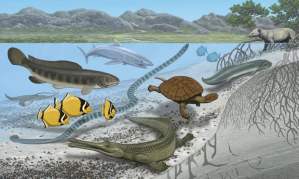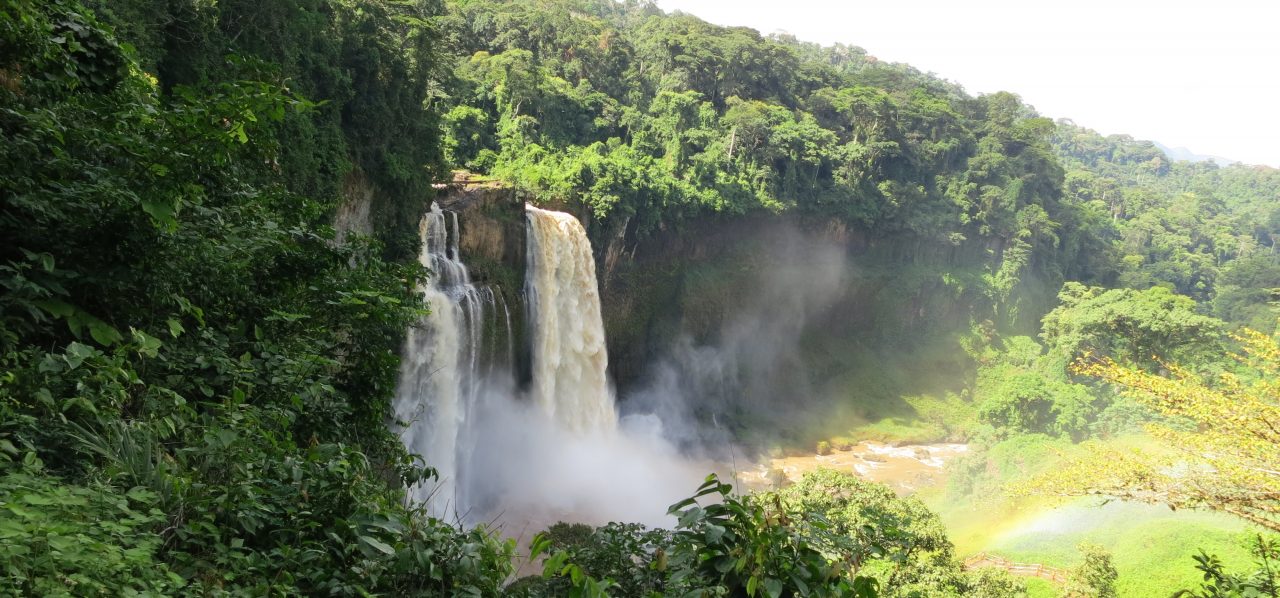
In October, we talked about how the Sahara had been home to world’s largest sea creatures. Given that Africa is the cradle of humanity, it totally makes sense that it would also be the place where some the world’s largest sea creatures hail from. Now, scientists have charted the climate of the Sahara desert thousands years ago based on the diet of the people there, identifying it as a place which was plentiful with fish: a lot of catfish and tilapia (or rather ancestors of these!). Enjoy excerpts from this The Guardian article.
=====

The Sahara’s shift from savannah with abundant lakes to a largely arid expanse has been traced in the remains of fish eaten thousands of years ago.
Researchers analysing material found in a rock shelter in the Acacus mountains in south-west Libya say they have found more than 17,500 animal remains dating from between 10,200 and 4,650 years ago, 80% of which are fish. About two-thirds of the fish were catfish and the rest were tilapia. The team say telltale marks on the bones reveal the fish were eaten by humans who used the shelter.
It is not the first time fish remains have been found in what are now dry regions of the desert, but the team say it is the first time the ancient climate of the region has been traced through animal remains.
“All the other finds are surface finds, [from] just one layer, one period, one event. Whereas what we have here is a 5,000-year sequence with a lot of bones – so that makes it special,” said Dr Wim van Neer from the Royal Belgian Institute of Natural Sciences, a co-author of the study.
The discovery is the latest in a string of finds from the large Takarkori rock shelter, a site, about 50-60 metres long and 30 metres high, that is thought to have been first used by hunter gatherers more than 10,000 years ago.

Prof Savino di Lernia, a co-author of the study from Sapienza University of Rome, said previous finds at the shelter included evidence of rock art, the earliest signs in Africa of wild cereals being cultivated and their seeds stored, and evidence from pottery shards of dairy practices in Africa dating back nearly 7,000 years ago.
… Writing in the journal Plos One, Van Neer and colleagues report that fish account for about 80% of the animal remains discovered at the site during the 5,000-year period it was used by humans, with mammals making up just over 19%. Birds molluscs and other animals such as turtles account for the rest.
The team found the predominance of fish was not steady but fell from about 90% in the earliest layers to about 48% in those from the most recent period of its occupation.
“The amount of fish is decreasing through time and the contribution of mammals increases, showing that people at Takarkori focussed gradually more on hunting and livestock keeping,” the authors write. But, they add: “It is unclear if this was an intentional process or if this shift could be related to increasing aridity, which made the environment less favourable for fishes.” …


Wow, this is so fascinating! I remember that first article you made on that matter a while back and this was a great continuation of that history.
LikeLike